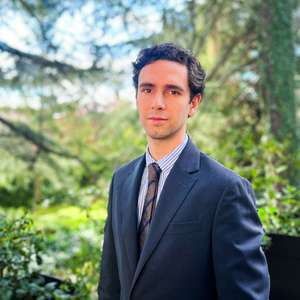On Wednesday, 21 May 2025, the Madrid City Council approved the Reside Plan, an urban planning regulation that seeks to regulate the proliferation of housing for tourist use (VUT) and strengthen the residential character of the city. The measure was backed by the absolute majority of the Partido Popular, while Más Madrid and PSOE voted against, and Vox abstained.
The Reside Plan establishes that in the historic centre of Madrid, bounded by the M-30, tourist dwellings may only be located in entire buildings intended exclusively for this use. The presence of VUTs dispersed in neighbouring communities, even on ground or ground floors, is prohibited. In addition, the conversion of commercial premises into tourist accommodation in this area is prohibited.
Outside the historic centre, the VUTs must have independent accesses and may only be located on basement, ground or first floors. This measure aims to avoid the coexistence of tourists and residents in the same building, thus reducing neighbourhood conflicts.
The plan also contemplates urban incentives to transform buildings for tertiary use into residential ones, with the aim of increasing the supply of permanent housing. On the other hand, the sanctioning regime is tougher: fines for operating an illegal VUT can reach up to 190,000 euros, compared to the 6,000 euros established in the previous regulation.
According to data from the Ministry of Social Rights and Consumer Affairs, in Madrid there are 16,335 tourist accommodations advertised on online platforms, of which more than 15,200 are unlicensed. This situation has raised concerns about the impact of these activities on access to decent housing and the expulsion of citizens from their neighbourhoods.
The Reside Plan, after its provisional approval, will be submitted to the Community of Madrid for review and final approval, scheduled for August 2025. This new regulation represents a significant step forward in the regulation of tourist housing in Madrid, with the aim of preserving the residential character of the city and improving coexistence between residents and visitors.


